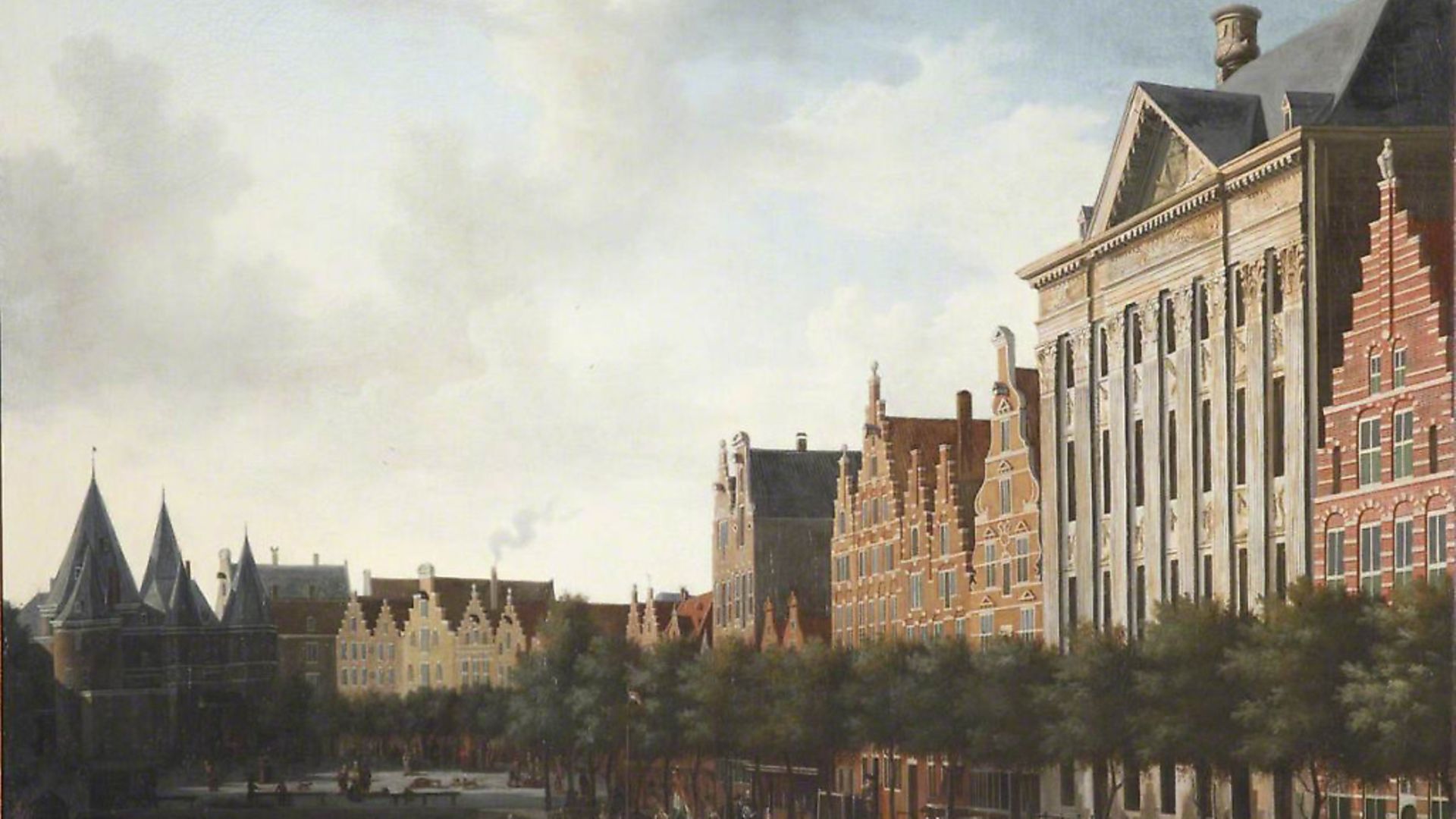
Amsterdam’s golden age has been overshadowed by the legacy of Rembrandt, but a new exhibition shines a light on other artists who captured the city at its most dynamic.
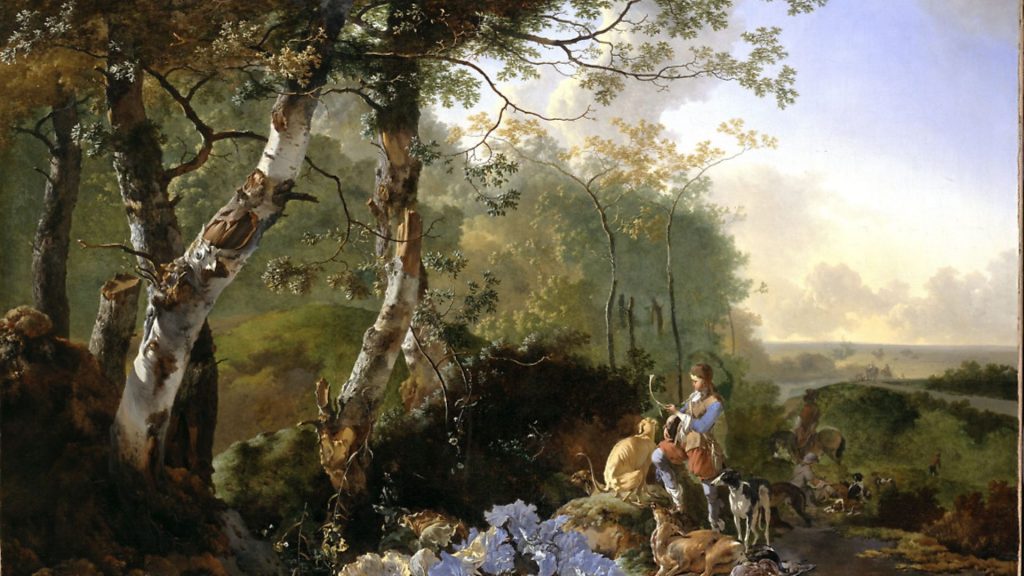
A city in the right place at the right time, mid-17th-century Amsterdam was a honeypot for Dutch artists. Buying pictures, even for a modest home and on a modest income, was in fashion, and the city and surroundings supplied not only a market, but subject matter too.
Tastes change, however, and a century later few would look twice at the landscapes, city views and coastal scenes on display in houses that were austere by modern standards. The big names, notably Rembrandt, never went out of style, but many of his contemporaries fell into obscurity, even in their own lifetimes. Today the quality of the best work from this prolific period is once more recognised, but few gilded periods in art come to such an abrupt end.
Everyone has dreadful years. In Amsterdam 1672 was dubbed het rampjaar, the disaster year, the city’s prosperity rocked by war with France. Until this moment, business had been booming.
Strategically placed at a crossroads between north, south, east and west, the city cleaned up, stockpiling and trading in spices, wood and grain, and moving valuable cargo around at speed on a constantly augmented canal network.
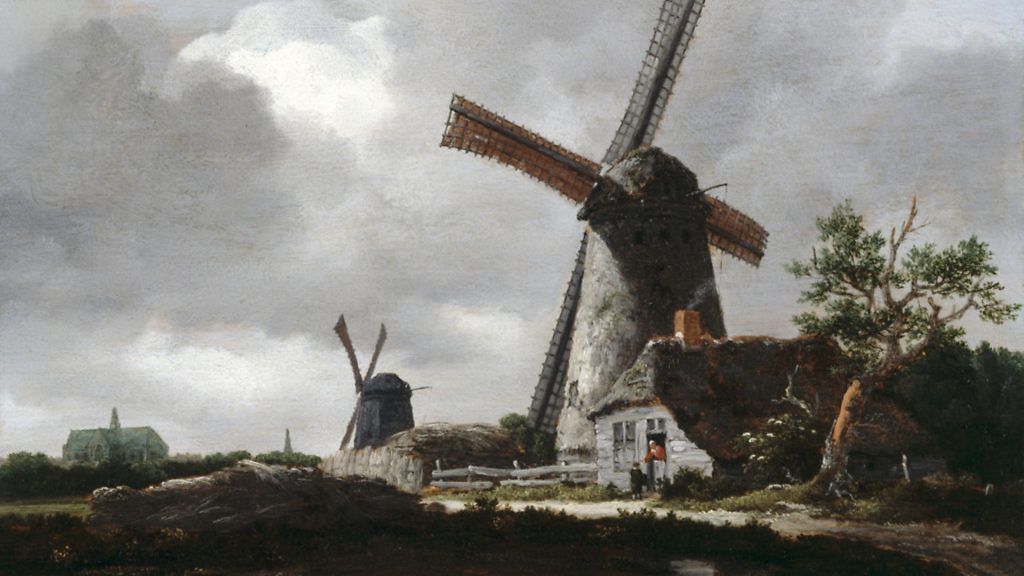
Merchants lived in the heart of commercial district, rather than in country piles, and their fine houses needed ornamenting too.
At Dulwich Picture Gallery, which has an exceptional holding of Golden Age paintings, the exhibition Artists in Amsterdam focuses on six painters who each developed a speciality in a crowded market. Drawing largely on its own collection, acquired in the 18th century when these artists were affordable, it tells the story of Amsterdam through the eyes of these painters.
The largest and most flamboyant work, Landscape with Sportsmen and Game (1665), by Adam Pynacker (1622-73), is a rural fantasy, with satisfied, reclining figures, sinewy dogs and lush vegetation. But it also tells the story of the artist himself.
It was painted on this confidently expansive scale because it was commissioned, probably by a governor of the thriving Dutch East India Company, for his own grand residence. Pynacker, from a wealthy background himself and well-connected, is thought to have decorated whole rooms with works on this scale. But Pynacker was not merely a society painter. He travelled widely, partly in relation to his father’s lucrative wine business, and absorbed the art of other European countries.
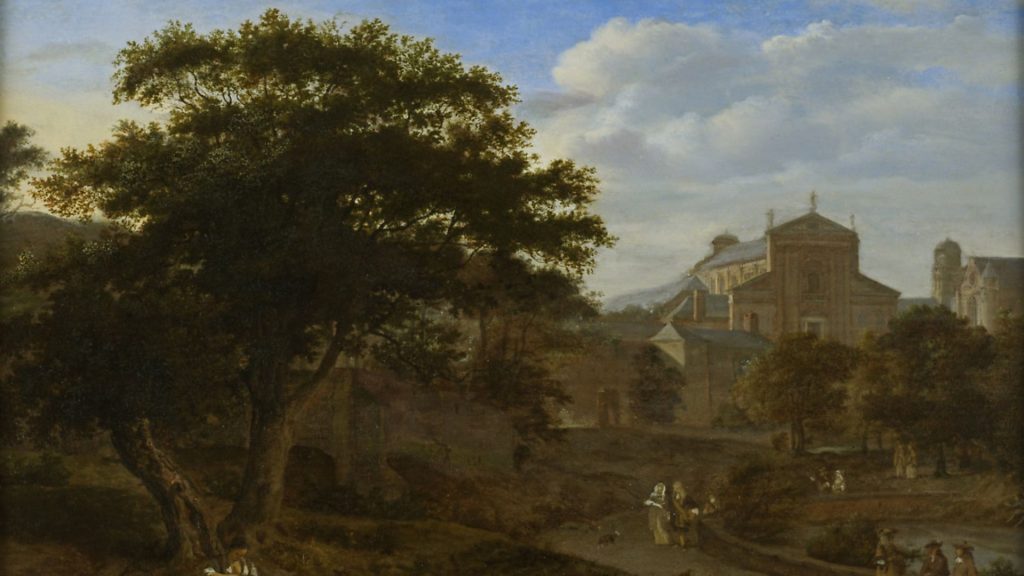
The split oak on the left probably influenced Gainsborough, who also favoured a ruptured tree, says the show’s curator Helen Hillyard.
Towards the end of his career, the celebrated English portraitist would sigh that he longed just to paint landscapes.
Startling blue foliage in the foreground of Pynacker’s arcadian scene demonstrates the challenge for artists working in oils: he was not to know at the time that the yellow in his fat, blended green leaves was a fugitive pigment that would fade with time, leaving only the blue behind.
Paintings on this scale would have hung in the imposing Trippenhuis on Kloveniersburgwal, built for arms dealers Louis and Hendrick Tripp. Today it is the seat of the Royal Netherlands Academy of Arts and Sciences, and was at one time home to Rembrandt’s Night Watch, now in the Rijksmuseum.
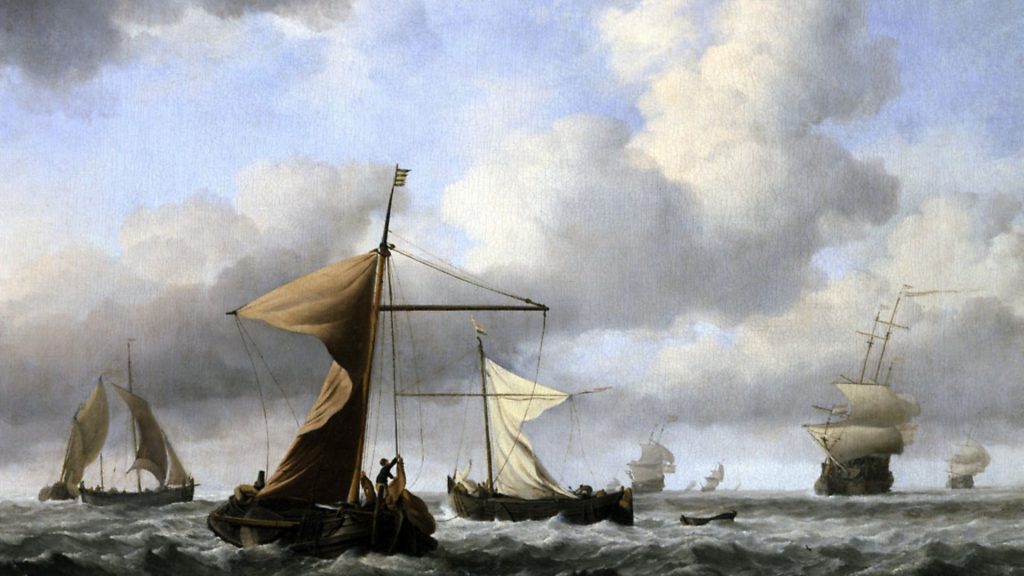
With his romanticised view of this neo-classical house and its more vernacular neighbours in View of Amsterdam (1675), Gerrit Berckheyde (1638-98) was working in his own niche, cityscape.
Proud citizens valued such flattering portraits of Amsterdam’s most sought-after addresses, including those thoroughfares that today throng with tourists, such as Herengracht, with its imposing townhouses.
Berckheyde gave his cityscapes an Italianate glow, and cheerfully omits from his compositions the housebuilding and canal work that would have been ongoing in this boom time.
Similarly inventive is the landscape painter Jacob van Ruisdael (1629-82), a precursor of Turner, who admired him, with his ambitious travels across the most dramatic scenery of the continent and his pioneering depictions of nature at its most rugged and forceful. The torrent in Ruisdael’s Waterfall, painted in the 1670s, powers towards us like a machine.
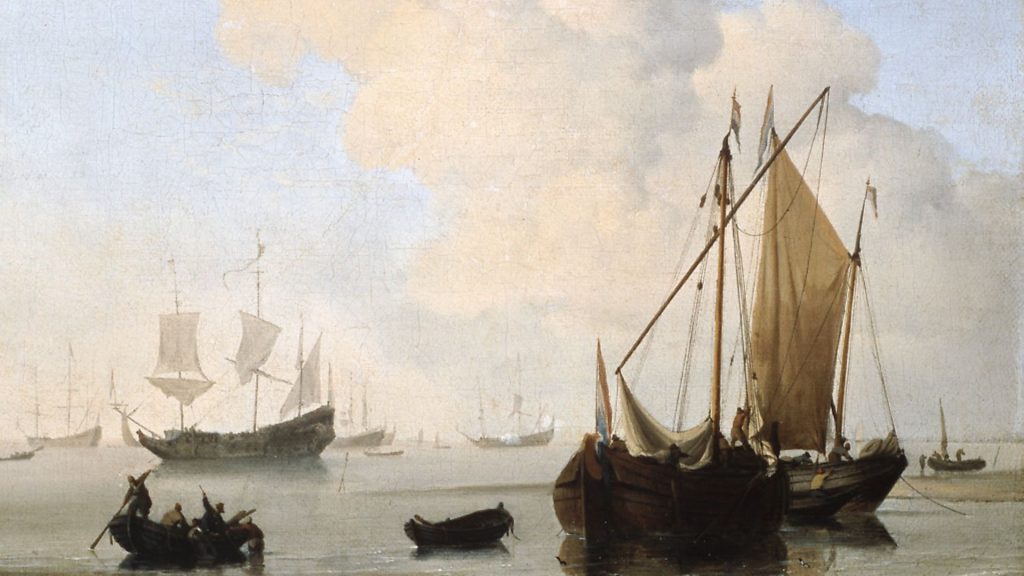
Landscape with Windmills near Haarlem (1655) satisfies our desire for national tropes. But the picture also records one source of Amsterdam’s wealth, cheap power – wealth from which artists were benefitting as they made brisk sales.
Most were painting speculatively, rather than to commission, which accounts for the preponderance of small canvases that would not break the bank for either artist or buyer.
Meindert Hobbema (1638-1709) was apprenticed to Ruisdael, and paints in his master’s style. Some of his work may even, over the years, have been passed off as Ruisdael’s. But in common with many artists, when the bottom fell out of the market, he changed direction, and went into the wine trade.
Perhaps the most prodigious polymath in this brief, rich seam of artists and Amsterdammers was Jan van der Heyden (1637-1712). An accomplished engineer, he devised a much-needed firefighting system for Amsterdam, as well as street lighting.
In his painting days, like Berckheyde he specialised in urban views, sometimes fancifully juxtaposing ideal buildings and landscape as in A Garden in a City (c1660). Figures were not his strong point, and in common with others, he copied little men and women from a pattern book by the masterly Adriaen van de Velde.
From a dynasty of artists, van de Velde had not followed in the family tradition of marine painting but made a speciality of human figures and animals, sometimes co-working with another artist, a not uncommon practice.
The death at 35 of Adriaen van de Velde in the disaster year of 1672, the loss of local patronage as fortunes fell, and the prospect of a new, untapped market in Britain combined to send his father and brother, Willem van de Velde the Elder and the Younger, to London.
Seafaring vessels and a change in the weather were their stock in trade. From Willem van de Velde II (1633-1707), a serene and static cluster of boats on flat water in A Calm (1663) or an explosion of sails and breaking waves as the wind gets up in A Brisk Breeze (c1665).
Why not check your mood, and take your pick?
– Unlocking Paintings: Artists in Amsterdam is at the Dulwich Picture Gallery, London (dulwichpicturegallery.org.uk; 020 8693 5254), until January 12.










